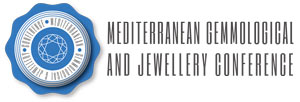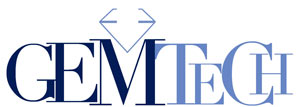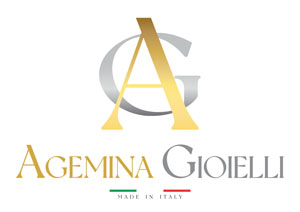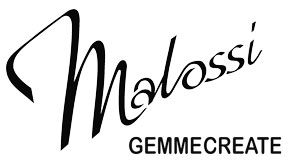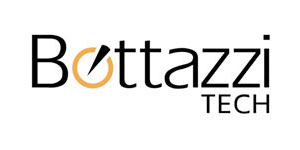The wave of sales of synthetic diamonds (or lab-grown, a name that has evidently caught on in the market) is not likely to wane. On the contrary, estimates indicate a tremendous growth from the 6, perhaps 7 million carats currently produced.
There is no doubt that attractive man-made diamonds are being successfully used to create beautiful and attractive low-priced fashion jewelry and can stimulate the younger generation market. Occasionally, during negative manufacturing cycles of natural diamonds, redundant labor engaged in the industry is recruited to produce the lab-grown diamonds. And we could go on with the positive side.
However, there is an urgent need to change their placement. Starting with their pricing benchmark. Apparently, some synthetic diamond producers are announcing that they will stop using the Rapaport as a benchmark index. But will they really do so? I don’t think so; what we know is that referring to this index as a benchmark only encourages the speculation.
Rather, in my opinion, we need a more realistic pricing system based on a different kind of logic. One should follow the example of De Beers’ marketing. One of the company’s activities is Lightbox, a specific brand of lab-grown diamonds, but these synthetic diamonds are marketed only by emphasizing them as an awesome accomplishment of the company’s technical research with absolutely no ungrounded claim on the future retention of their value.
The Rapaport list should be left to natural diamonds. It is an algorithmically controlled list that has been seriously studying and guiding the progress of the diamond industry for years. It is and will remain a beacon for many industry insiders. I wonder why and how synthetic diamond prices can be linked to something completely different, that is a market price survey of a rare mineral, based on mining statistics and the analysis of supply and demand.
Synthetic and natural diamonds share nothing more than a name. If you claim that there are other similarities between them, you are doing nothing but pure speculation at the expense of consumers. Yes, I say speculation, because I do not find anything ethical when a large synthetic diamond is sold according to the Rapaport price list, at steep discounts, engendering the perception of a value it does not have and will not hold over time.
If anything, this value is bound to decline further. Those who, some time ago, accidentally bought a two or three-carat synthetic diamond at 5,000 or 10,000 euros, thinking that its value was destined to hold, must instead realize that year after year this value goes down. At the same time, the belief that buying a synthetic diamond rather than a natural one is more ethical also vanishes.
The negative aspects associated with mining are emphasized and the tremendous revenue stream generated by the diamond mining industry is not given due consideration, though it contributes significantly to the GDP of many African countries.
The sustainability efforts of large diamond mining companies are underestimated, and the merits of the synthetic diamond industry on the alleged use of renewable energy are overemphasized. It’s time to cut the umbilical cord. The lab-grown diamond industry should find its own way and give up aping the natural Diamond business.
By Sergio Sorrentino, published on IGR – Italian Gemological Review #16, Summer 2023.






